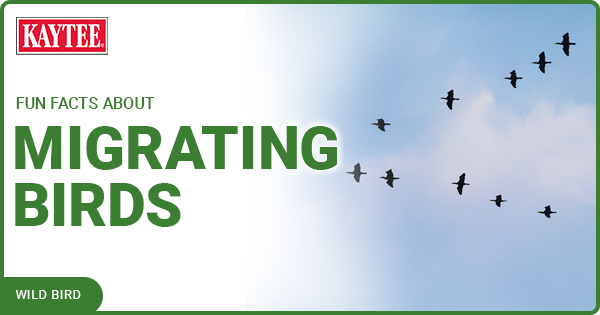Can Birds See Color?
We see wild birds as brilliantly colored, from the bold red of the northern cardinal to the outrageous orange of the Baltimore oriole to the stunning blue of the eastern bluebird, but can birds see color themselves? Indeed they can, and far more elaborately than the simple rainbow of hues humans see. Colors, in fact, are far more critical to birds' survival than we may recognize.
How Birds See Color
Birds have exceptionally keen vision. In fact, their ability to see color is far superior to humans' color vision in several ways. While humans have three color-detecting cones in their eyes — to see red, green and blue shades — birds have a fourth cone that enables them to see ultraviolet (UV) light. This permits birds to see a broader spectrum of colors than humans.
Birds also have a drop of filtering oil in their cone color receptors. This oil helps filter light for greater sensitivity, so birds are able to see many more subtle variations in shades of color. This filtering ability helps birds detect miniscule differences in colors that humans struggle to discern.
Finally, birds have far more cones and rods in their eyes than humans do. The higher the density of those color and shade detecting cells, the greater the eye's visual acuity. This allows birds to see much greater detail and have far better motion detection than any humans, both of which are vital for finding food and other survival necessities.

Baltimore Oriole
How Color Helps Birds Find Food
Birds use their acute color vision to forage successfully in several ways. Their ability to see UV light, for example, helps birds of prey see the urine trails of the rodents they hunt. Different berries and fruits develop waxy coatings that reflect UV light as they ripen, showing hungry birds when the foods are at their peak ripeness with the best nutrition. Similarly, some insects also reflect UV light, making them stand out to birds looking for extra protein.
Birds may also detect the best food sources by noting differences in color hues, just as we can tell when an apple is at its ripest based on color or when a piece of fruit is past its peak because of a dull, lackluster color. Finally, the detail birds see can help them find food sources at great distances.
Good vision isn't the only way birds find food, however. Birds also have exceptional hearing, particularly nocturnal birds such as owls that must rely less on light and color to find their food.
Other Ways Birds Use Color
While keen vision and color are critical for birds finding food, color also plays other roles in their survival. Brighter feathers can indicate healthier, stronger potential mates, allowing birds to choose the best partners to improve their chances of passing along their genes to the next generation. Birds can even detect subtle hue differences between birds of different ages, allowing them to choose more sexually virile and mature partners. Many birds also have feathers that reflect UV light, giving them even more visual clues to other birds' health and wellness.
Colors can also provide warnings to birds. The bold patch of white on a northern mockingbird's wings or the flash of white on the outer tail feathers of dark-eyed juncos can warn other nearby birds about threats or problems. Birds can also learn to see different patterns and colors on insects as warnings about toxins and other inedible prey. Birds see a world of rainbows far greater than humans can detect, but those rainbows have far more practicality than just beautifying the world. By seeing colors so acutely, birds can find better food, choose better mates, and avoid poisons and predators, ensuring the birds themselves stay healthy and remain to brighten our world with their beautiful plumage.

Painted Bunting
—
Sources:
National Wildlife Federation – True Colors: How Birds See the World
Live Science – How Birds Got Their UV Vision
Window Alert – Bird Vision








.png?h=315&iar=0&w=600&hash=9C09A701CB4D5CF9B2C5B7FA2DA01F2E)




